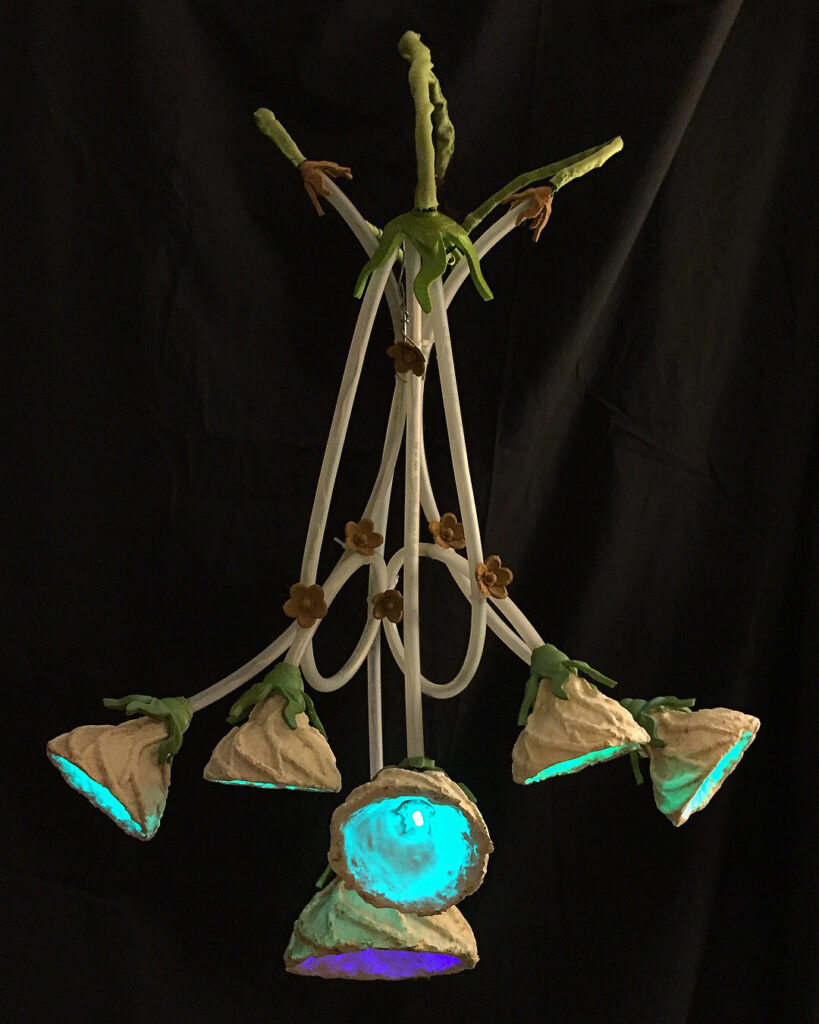Story-Telling Outside of the Box
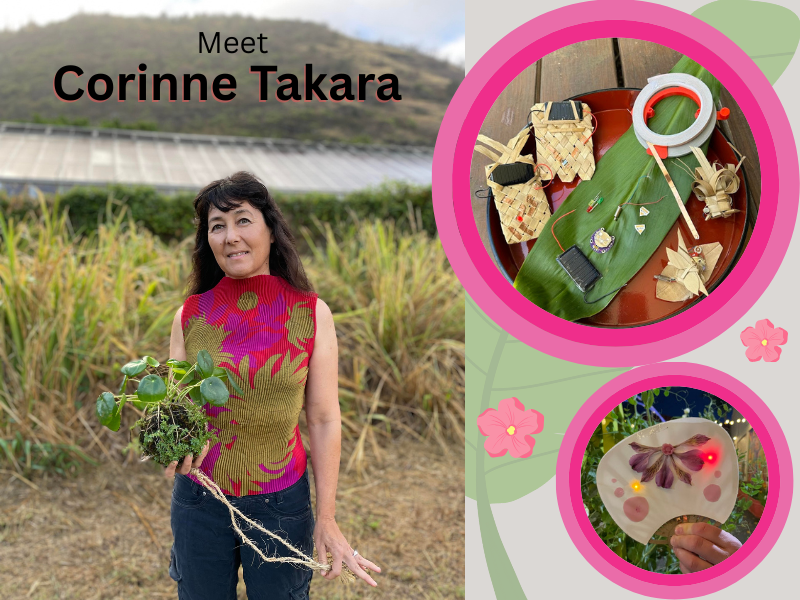
Today’s spotlight is on Corinne Okada Takara, a mixed media-artist and STEAM Educator, well-known for her commitment to building community through story-telling.
By cultivating opportunities for playful making in public spaces, with a focus upon building “conversation spaces,” Corinne’s experimental works often combine biomaterials, technology, and different flavors of cultural knowledge.
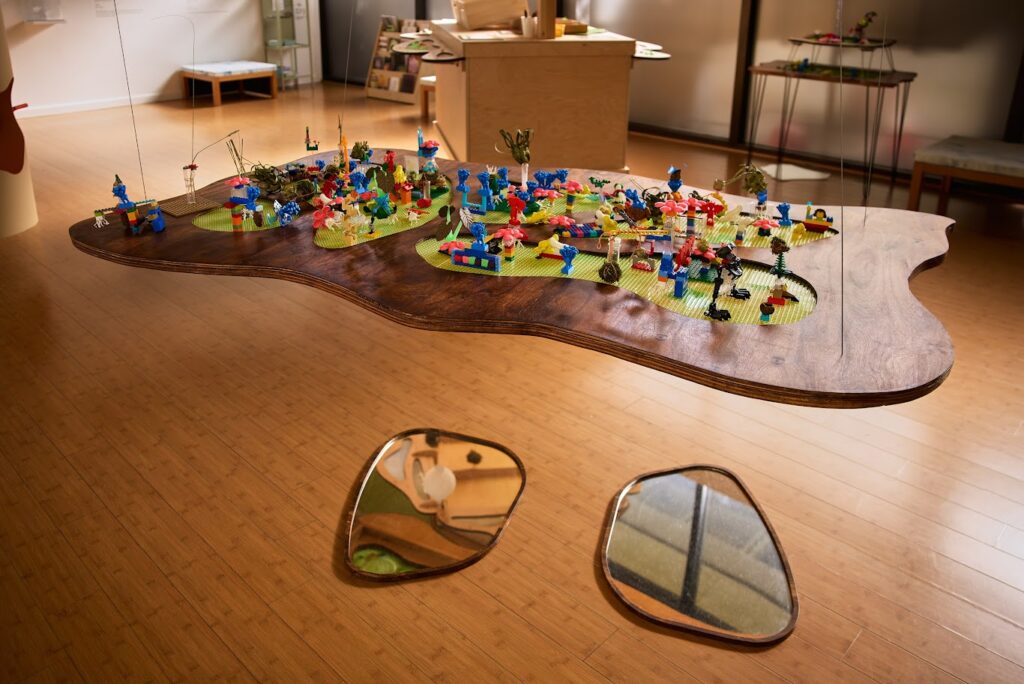
These projects center community voices in imagining abundant futures, while also celebrating cultural memory and ecological resilience.
Corinne Okada Takara
Please tell us a little bit about yourself.
I am an artist and STEAM educator in Honolulu, Hawai’i. As the daughter of a toy designer, I place a high value on play in my personal and collaborative work. After spending several decades in California creating innovation spaces and programs at the intersection of biology, art, science and community embedded knowledge, I am continuing this work in Hawai’i.
I am both a practicing artist and an educator working with museums, community centers, libraries and universities.
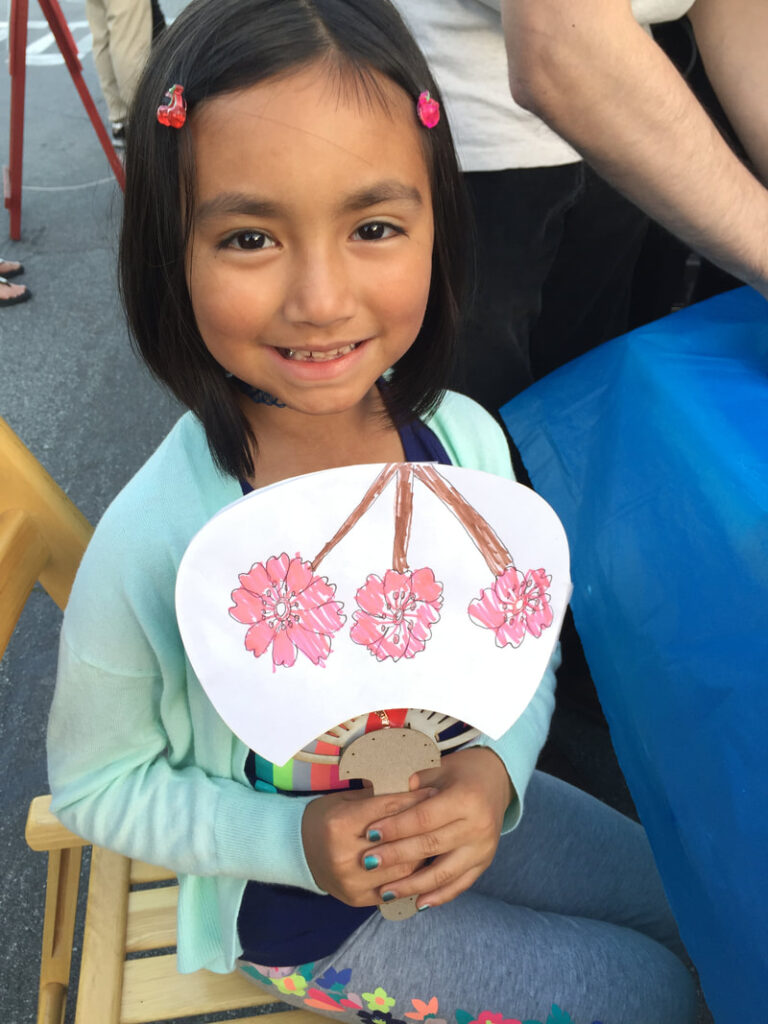
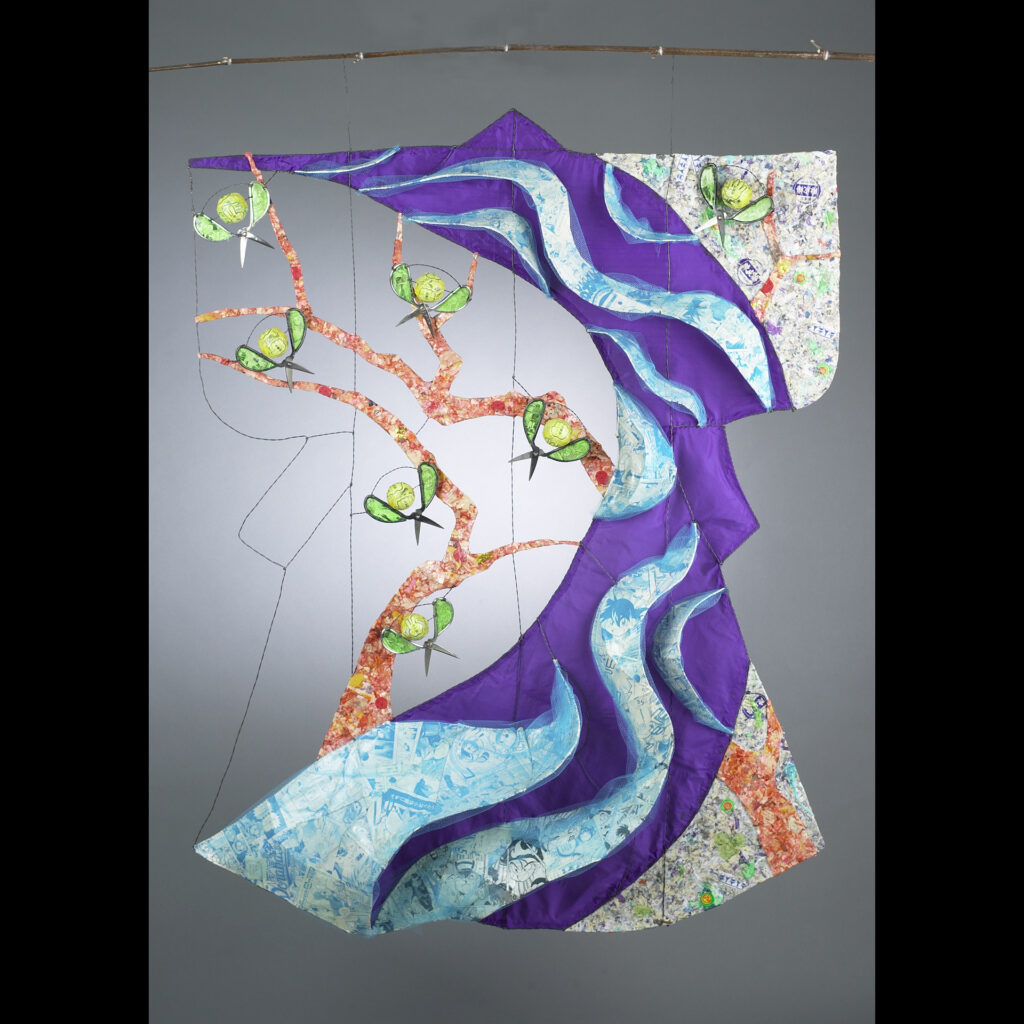
Early in my career, I created mixed-media tapestries using Asian wrappers, family fabrics, seeds, and rice bags to honor the resourceful creativity of my father’s family on the Pāʻia Maui sugar cane plantation.
Over time, my work shifted towards blended art and technology explorations that uplifted the creativity in communities, blending culture and accessible technology, in grant funded projects that engage communities in innovation design informed by cultural knowledge.
My interest grew in accessible place-based biological materials blended into design. I co-founded the teen program BioJam Camp and developed projects like the Mycelium Grow Chandelier, and BioQuilts.
I believe in open source educational resources, so many of my projects include resources for others to go on their own journeys. The Pono STEAM Kit and the Floating Kīpuka Grow Kit, Unraveling the Knot and the Uchiwa Light Up Fans are a few that were designed for multigenerational learning spaces.
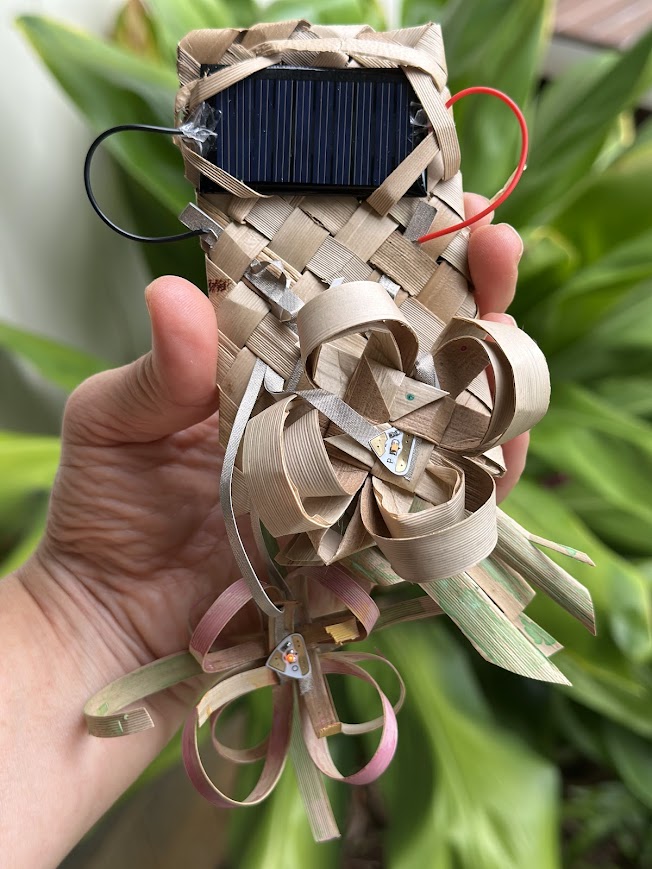
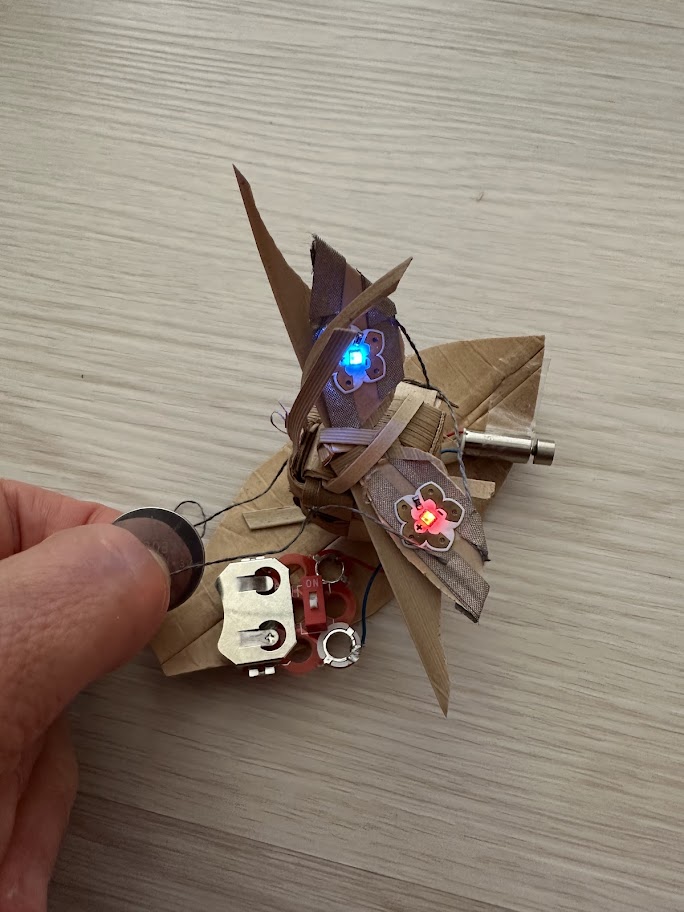
Recent works include the Maui Silt-Sock Mycoremediation Experiment Program (developed in collaboration with Tropical Fungi Academy, Dr. Rolando Perez, Keanahala of the Pu’uhonua Society, Maui Montessori and others) and Floating Future Gardens, blending ancestral fiber arts with biology to explore environmental healing.
These projects center community voices in imagining abundant futures, while also celebrating cultural memory and ecological resilience.

How would you describe what you do? What do you most enjoy about it?
I describe my work as creating spaces—both physical and conceptual—where community storytelling, science, and creative making come together. Whether I’m working with biomaterials, weaving lauhala, or co-creating workshops around microbial art, what I most enjoy is the process of learning and making alongside others.
I love when participants bring their own knowledge, questions, and cultural lenses into the mix—it makes the work feel alive and deeply rooted. What I enjoy making most are explorations with tools, materials, or experiences that invite others to see the world differently, to notice what’s around them, and to feel a sense of belonging and possibility through that discovery.


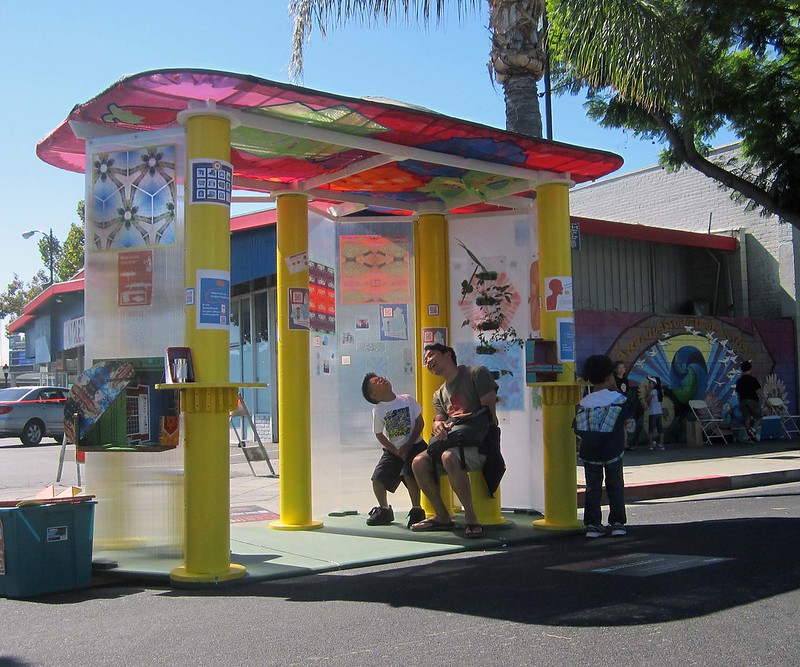
What inspires you? Why do you do what you do?
I am inspired by the possibilities that emerge when art, science, and cultural knowledge intersect—especially in ways that are grounded in place. My work in biomaterial design centers around exploring local, often overlooked materials in ways that honor ancestral practices while fostering new forms of care for people and the land. I’m especially drawn to stories that are carried in craft traditions, and I see biodesign as a living language that can help us translate those stories into contemporary expressions. Through my work, I aim to uplift Indigenous and community knowledge systems that are often left out of conventional science and design narratives.

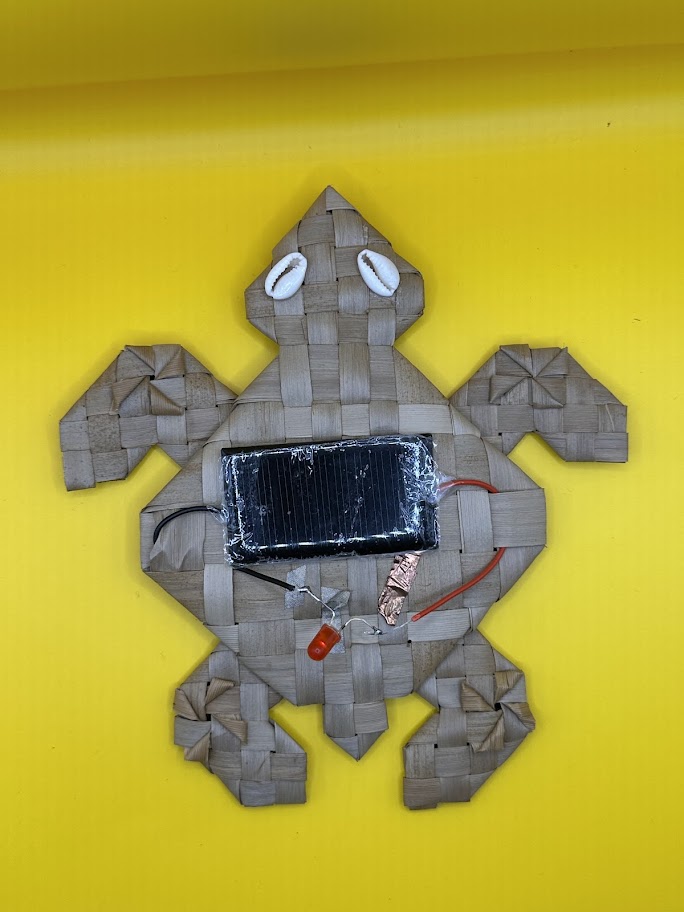
What motivates me most is learning in community. Whether through workshops with teens or multigenerational tinkering sessions, I’m passionate about creating spaces where people feel invited to experiment, collaborate, and shape knowledge together. I believe biodesign can be a tool for reclaiming agency and belonging—especially when rooted in local ecologies and lived experiences. I do what I do because I’ve seen firsthand how creative making can strengthen relationships to place and to one another. My hope is to cultivate more opportunities where people can imagine abundant, regenerative futures—starting with what’s already under our feet and in our hands.
What challenges and joys have you encountered during your creative (and/or professional) journey?
One of the ongoing challenges in my creative and professional journey has been sustaining funding for informal, community-based learning spaces—especially those that fall outside traditional education or gallery systems. Yet, these are often the most joyful and generative spaces: places where curiosity, cultural memory, and hands-on making come together in unexpected ways. I’ve found deep fulfillment in co-creating with youth, families, and elders, where the act of making becomes a way to share stories, explore science, and strengthen relationships to place. Despite the logistical hurdles, the joy of seeing someone light up with a new sense of agency or connection makes every challenge worth navigating.
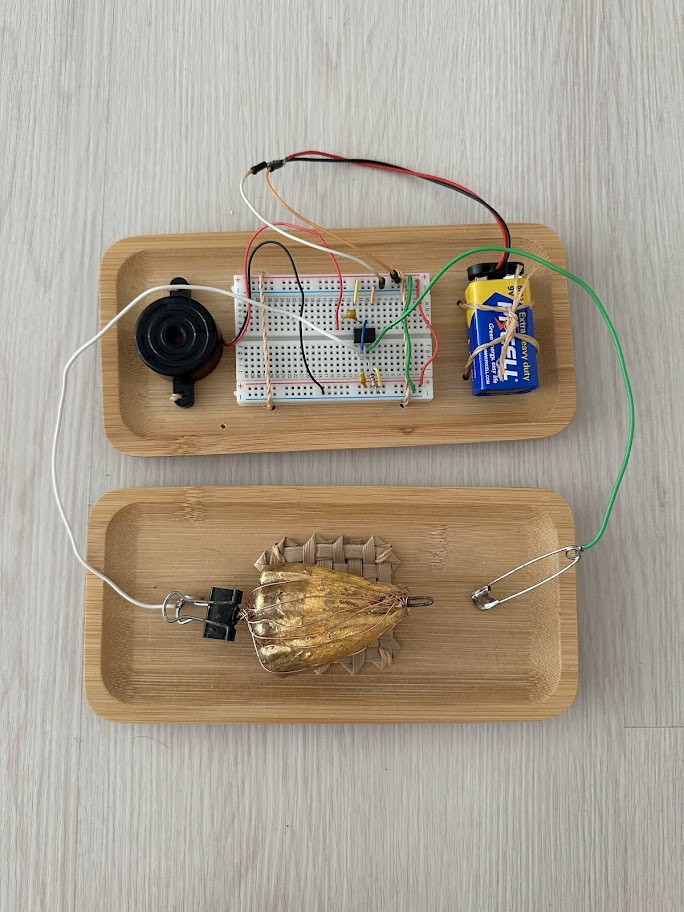
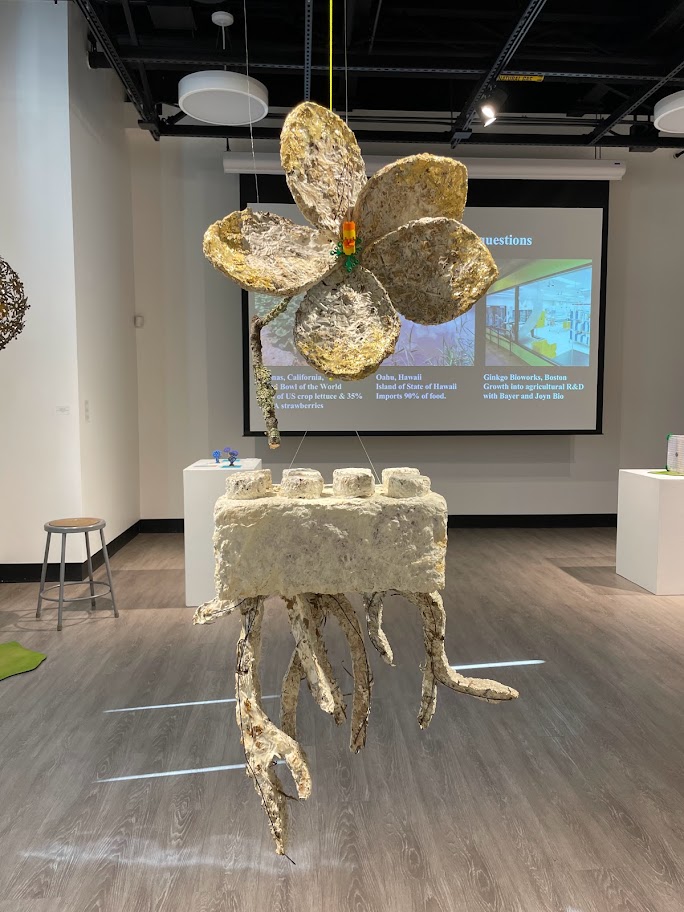
A second challenge is that what I do is often outside the conventional scope of what is understood as art or science, so it has been both a challenge and opportunity to shape the narratives of each project and who I am as a creative tinkerer.
What do you want people to know about your creative process?
I want people to know that my creative process is deeply collaborative and often begins with a question rather than a clear answer. In many of my blended art and technology projects, I’m learning right alongside participants—whether it’s experimenting with new biomaterials, exploring circuitry, or co-weaving cultural stories into design. I see the process as a shared journey of tinkering, imagining, and iterating together. Rather than positioning myself as an expert, I approach each project as an opportunity to co-create knowledge and build spaces where everyone feels invited to contribute their voice, curiosity, and lived experience.
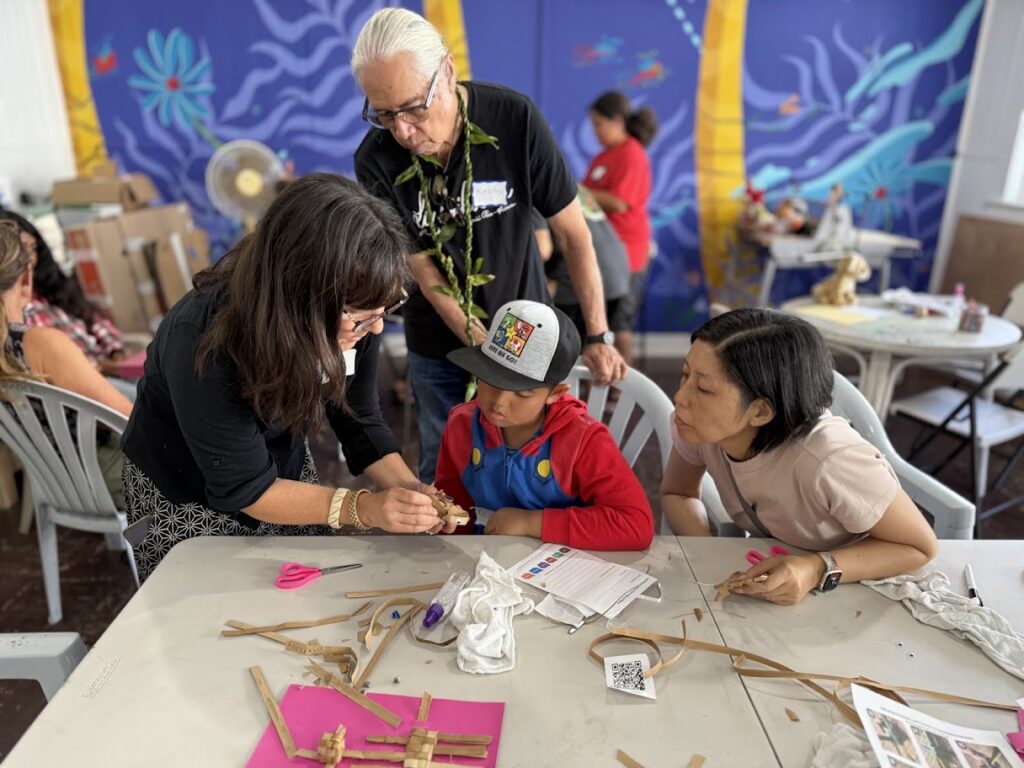

How are you using light (or Chibitronics) in your creations?
The magic of a light-up sticker lies in its ability to spark instant curiosity and delight—there’s something powerful about that “aha” moment when a circuit comes to life with just a bit of copper tape and intention. I’ve been fortunate to use Chibitronics in a variety of community-centered projects where light becomes both a technical and storytelling element.
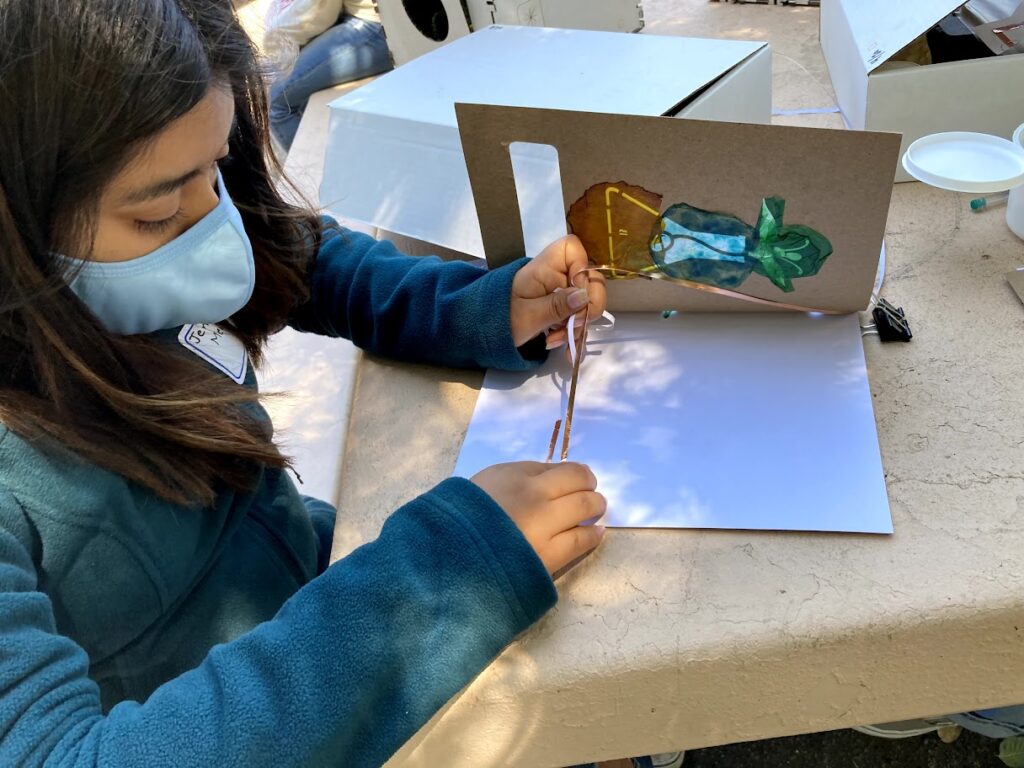
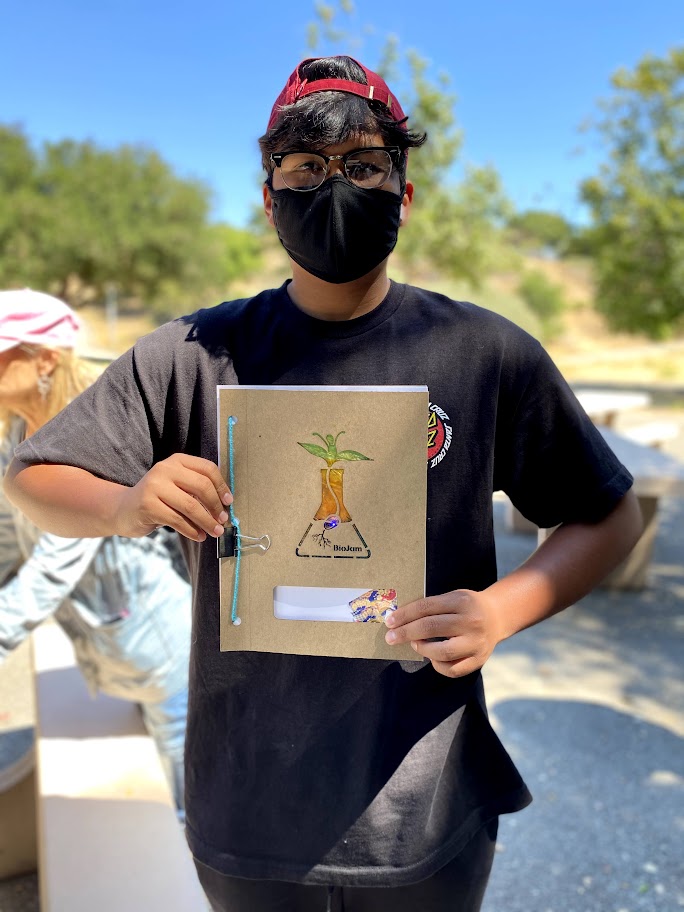
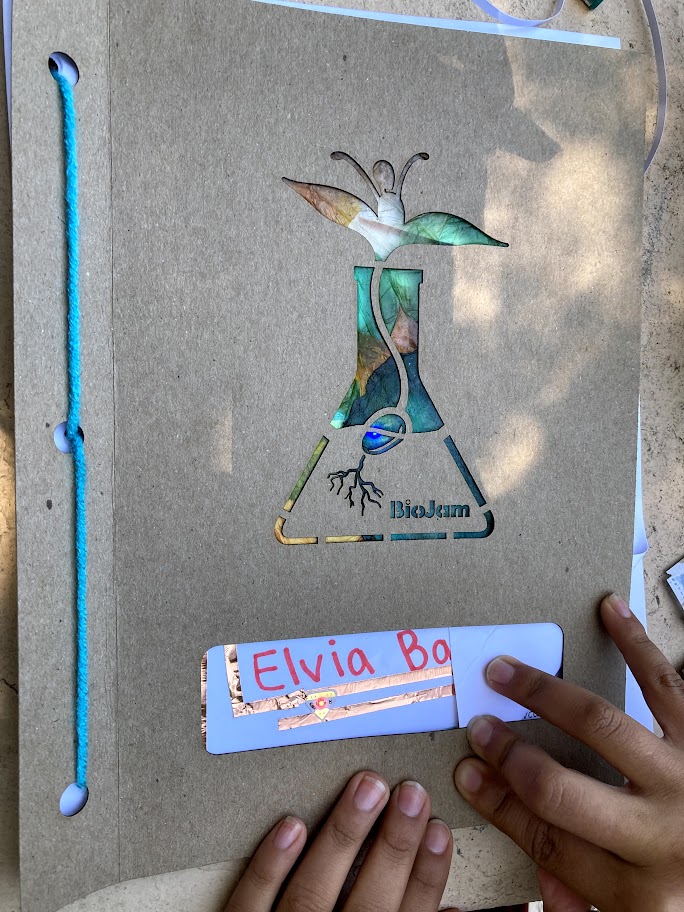
Whether illuminating lauhala weaving, highlighting the geometry of Irish and Japanese knot cord sculptures, customizing camp journals, or activating handmade uchiwa fans for Obon festivals, light transforms these pieces into interactive expressions of culture and memory.
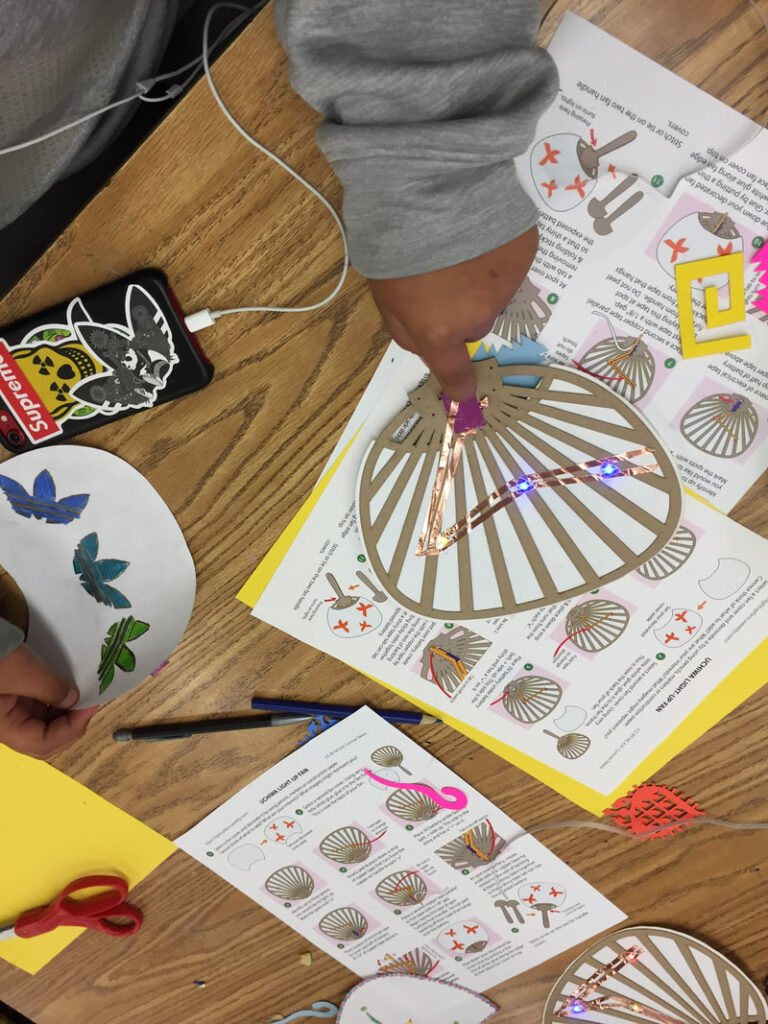
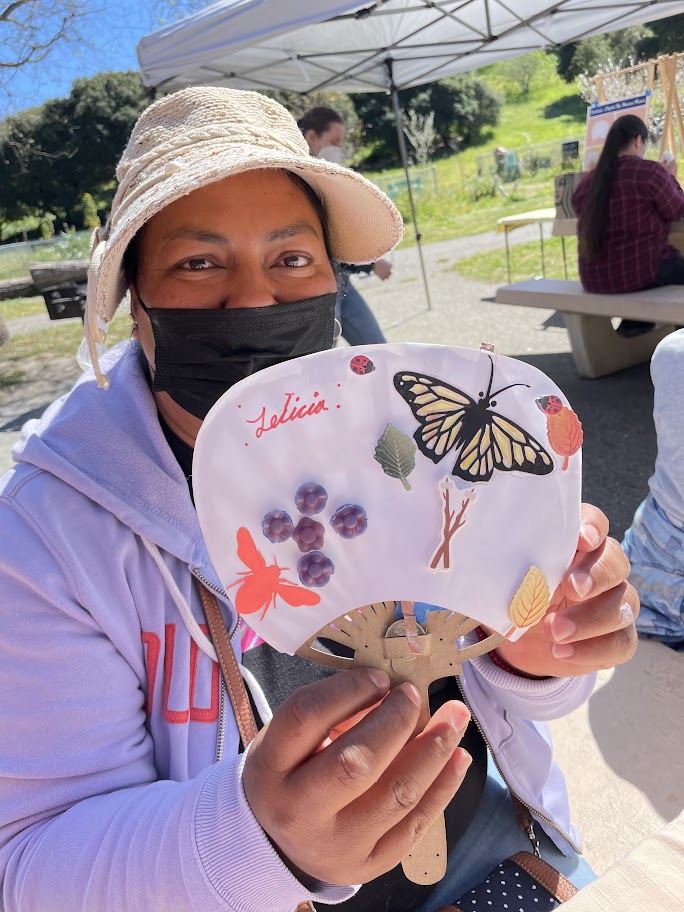
Natividad Creek Park, Salinas, CA
What I love most about working with Chibitronics is how accessible and inviting it makes circuitry for people of all ages and backgrounds. It’s not just about building circuits—it’s about weaving light into meaningful narratives. In every workshop or installation, the glow of an LED becomes a bridge between traditional craft and contemporary technology, encouraging participants to experiment, share stories, and imagine new possibilities through playful, hands-on exploration.
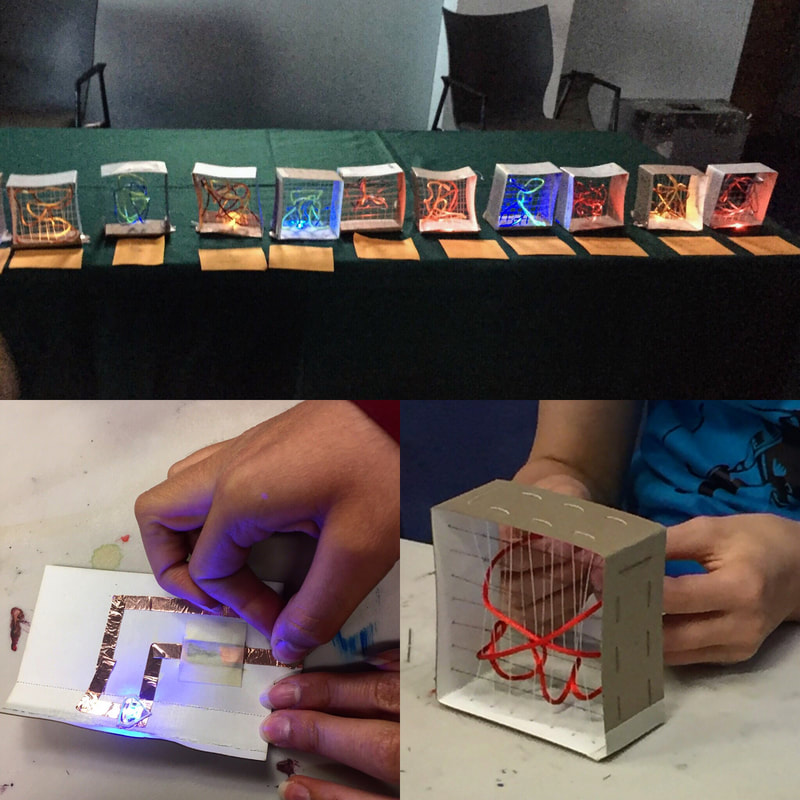
a collaboration with Chester Beatty Library, Dublin, Ireland, and the City of San Jose, CA.
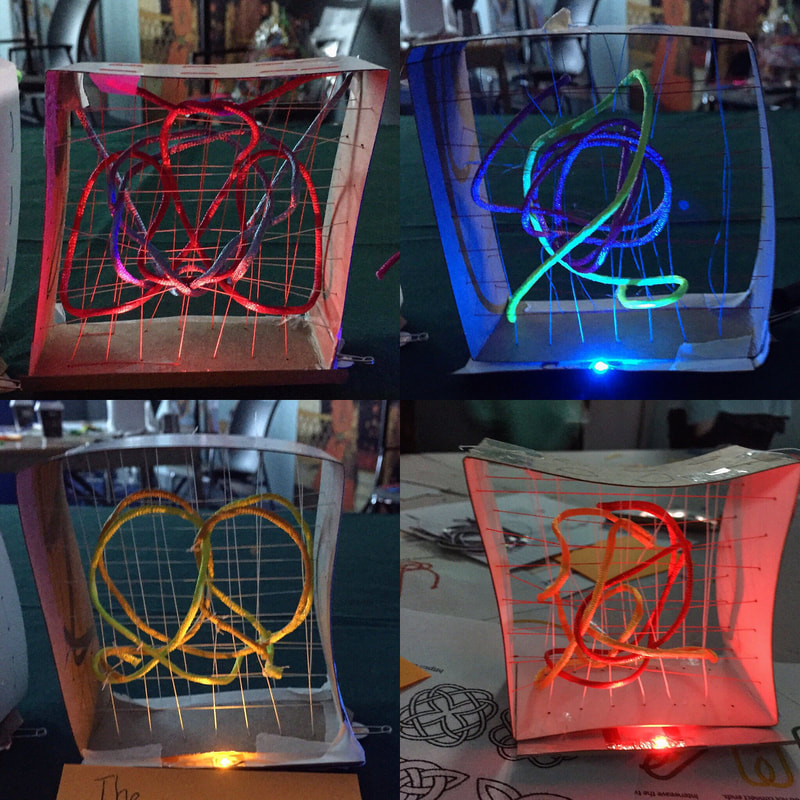
I also hope to incorporate Chibitronics into future DIY microbial fuel cell explorations with other artists and scientists.
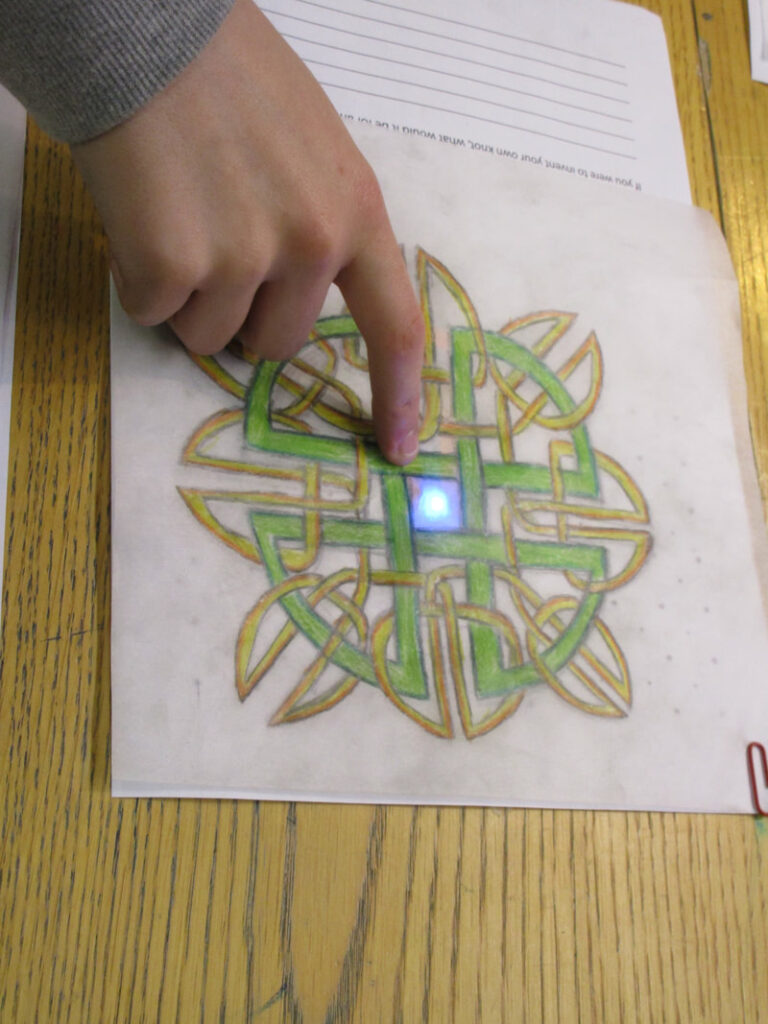
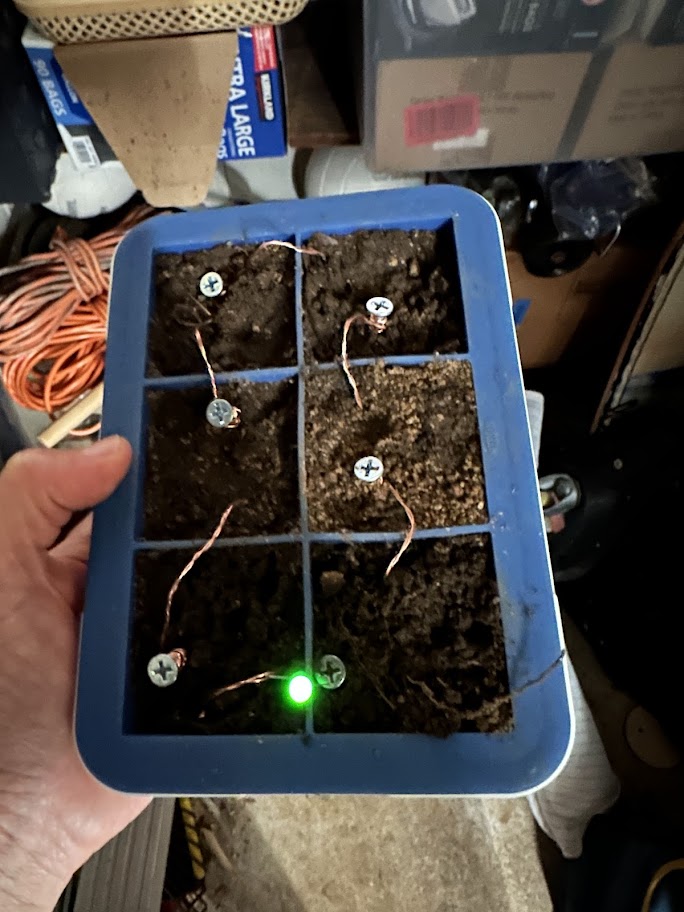
Where can people learn more about you and your work?
https://nestmakerspace.weebly.com
https://www.instagram.com/corinnetakara
https://linktr.ee/corinnetakara
To learn more about Corinne Okada Takara, in her own voice, check out Episode #76 of Content Magazine’s podcast on Spotify.

